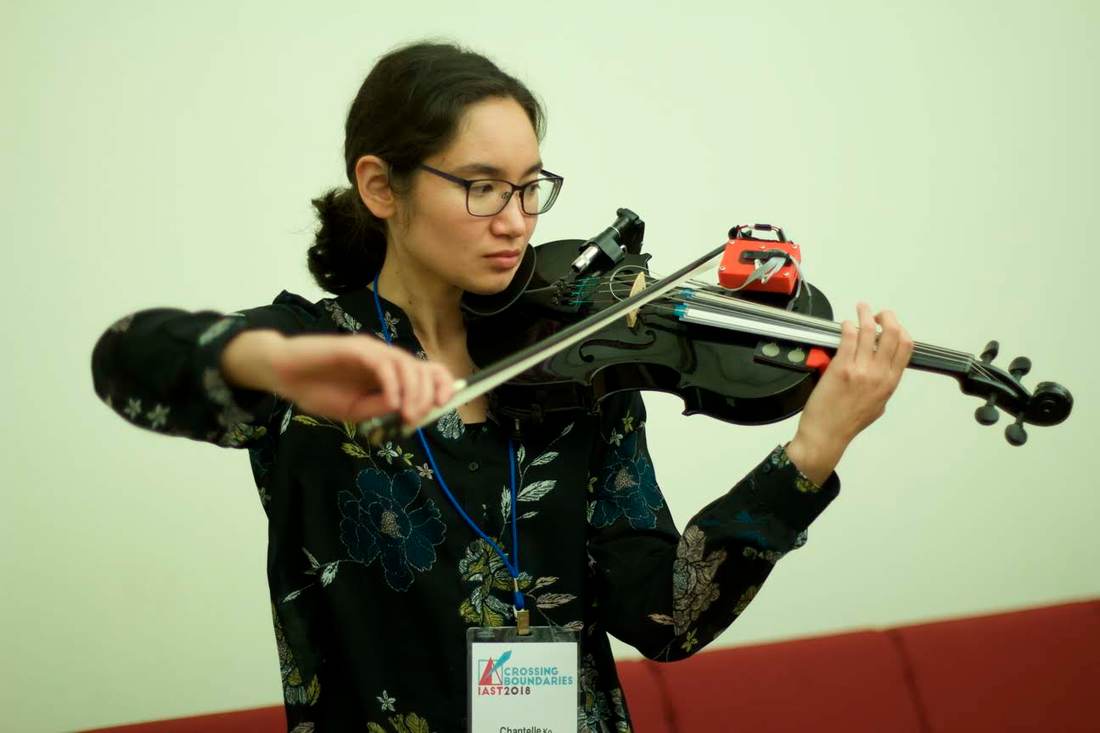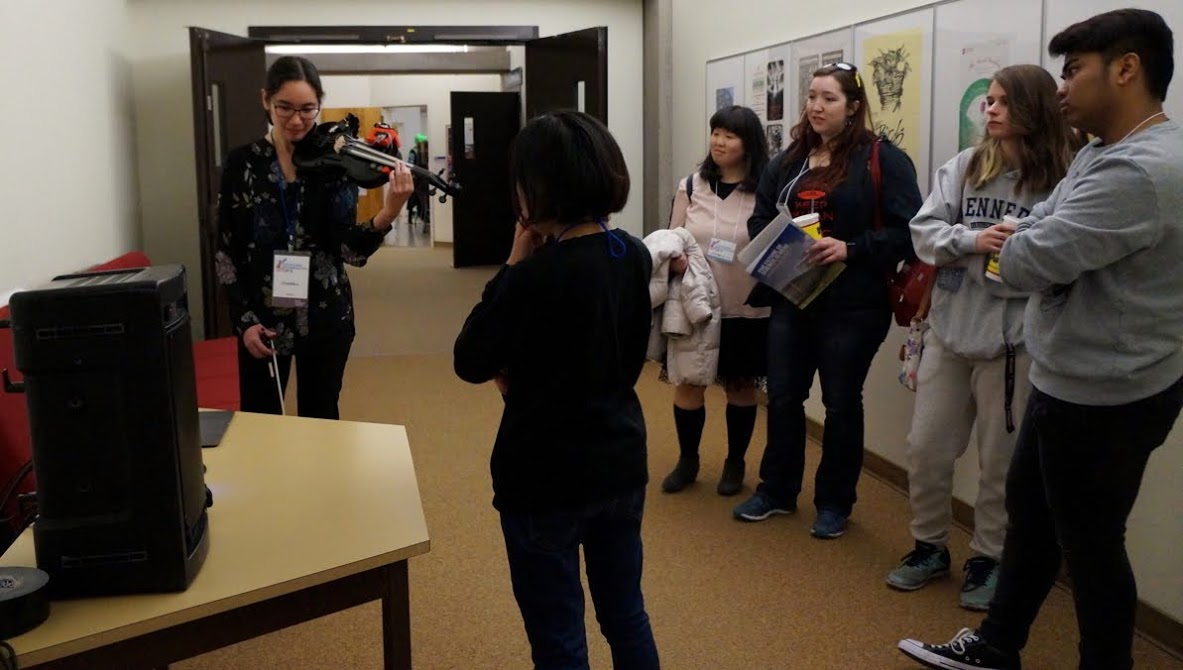|
I needed to tweak the values I was getting from the softpots because they were being received in the opposite direction from what I had originally thought. I had also made it so when my finger releases, no matter which setting I am on, the values snap back to 0. I had also made fx presets for the piece I will present at the WinterBang! Festival.
I added an "artificial string" with the [sogs~] object. I recorded a sample of my open G string, and used the sogs built in pitch shifting so that I can "play" the first softpot without needing to actually play the instrument. After recording the demo video I had changed it so that when my finger releases the softpot, the artificial string stops playing. I had also programmed it so that the artifical string stops when the first fx preset started, and then came back in for the last preset. After I watched the video, I think I'm going to leave it in for longer. I also added live recording and playback capabilities. Instead of having to press the FSR to start recording every individual snippet, I have it set so I can trigger the recording once, and it will record four short 10 second segments one after the other. For playback, each segment does need to be triggered individually. I have found in combination with the delay effect throughout the presets, layering recordings on top of each other blends in really nicely.
1 Comment
Leave a Reply. |
Welcome to the TRAVIS blog!If you would like to see a summary of my work, please click here. Archives
May 2022
Categories |
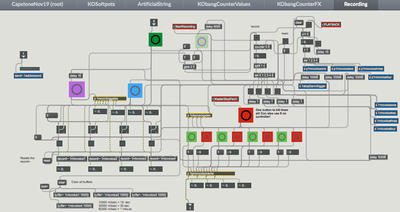
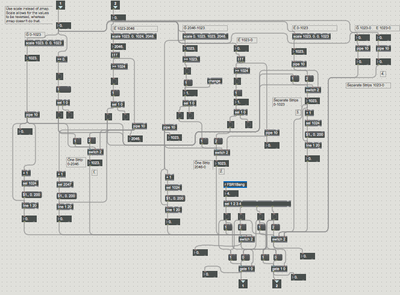
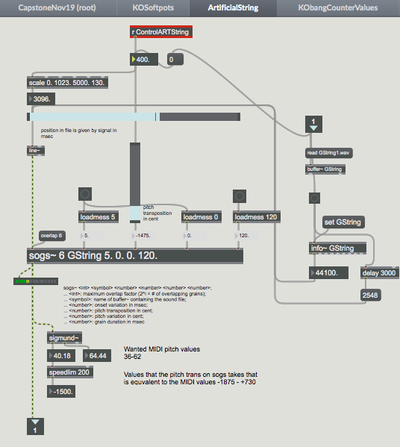
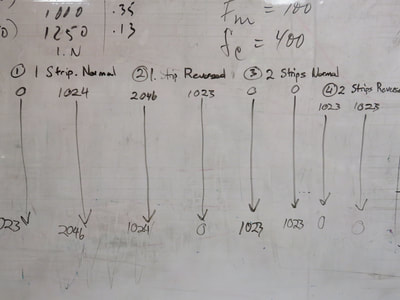
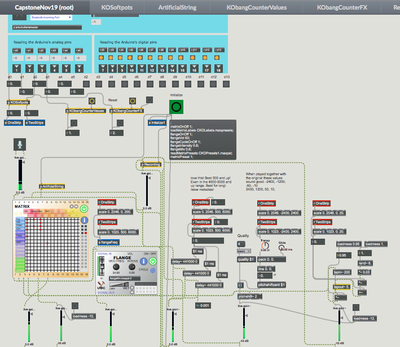
 RSS Feed
RSS Feed

